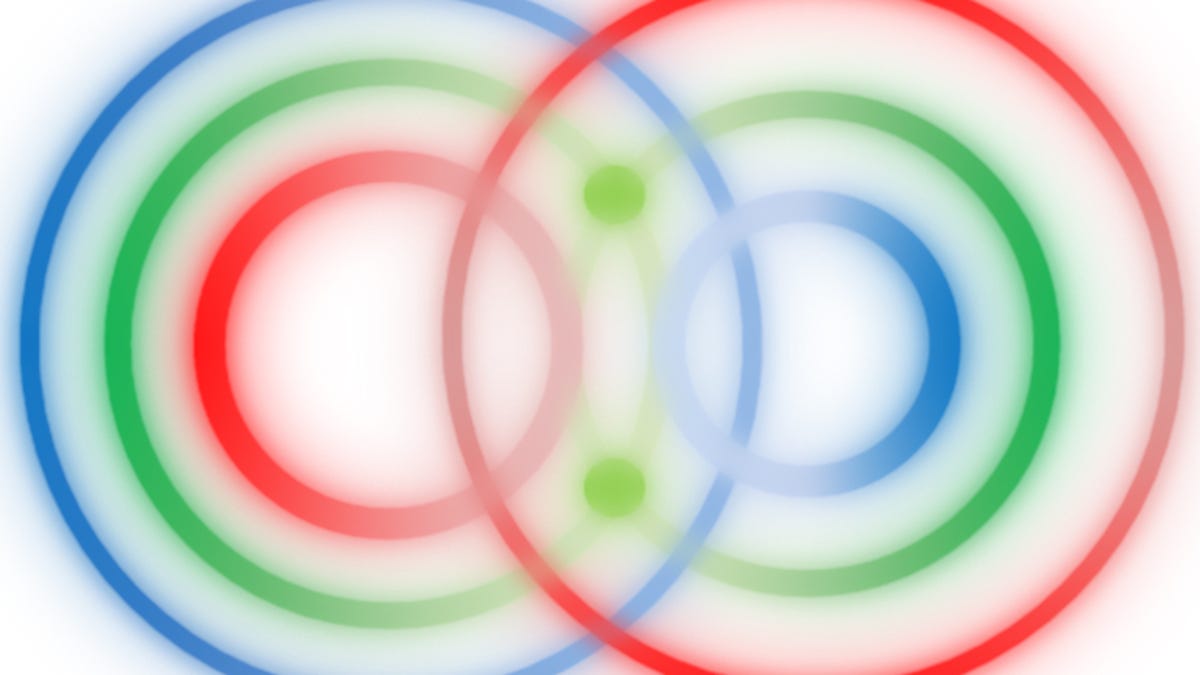Researchers demonstrate quantum entanglement, prove Einstein wrong
What Einstein termed "spooky action at a distance" has been successfully demonstrated in split single particles.
Quantum entanglement of a single particle has been observed by researchers -- an event that Albert Einstein believed to be impossible under the contemporary quantum mechanics definition of physical reality, calling it "spooky action at a distance".
According to theory, quantum entanglement occurs when a pair of particles remains connected over distance in such a way that actions performed on one particle also have an effect on the other.
When two entangled particles are examined, their physical properties correlate. For example, a clockwise spin on particle A will be equal to the counter-clockwise spin on particle B, with a combined spin of zero. However, taking a measurement of an entangled particle could occur as an action upon it, which in turn would affect the other particle -- so it would be impossible to know whether the other particle's equal and opposite action was a result of entanglement, or a result of the measurement.
This can occur with two discrete particles; however, quantum entanglement can also occur with a single particle. A single photon (particle of light), for example, can be split into two particles that are still connected -- that connection is called entanglement. The single particle's wave function spreads over large distances, but the particle itself is never detected in more than once place -- when measured, the wave function collapses.
This was described by Albert Einstein, Boris Podolsky and Nathan Rosen in the 1935 paper "Can Quantum-Mechanical Description of Physical Reality Be Considered Complete?" and came to be known as the EPR paradox. The paper concluded that either single-particle quantum entanglement was impossible; or the quantum-mechanical definition of physical reality still needed some work.
As the team at Griffiths University's Centre for Quantum Dynamics has just demonstrated, it's definitely not impossible. Using homodyne detectors -- that is, instruments that can measure waves and wave-like properties -- Professor Howard Wiseman and his team demonstrated that this wave function collapse is a real effect.
The team split a single photon between two laboratories and tested whether the choice of measurement in one caused a change in the local quantum state in the other laboratory; using a homodyne detector with six different settings, they were able to quantitatively verify the waveform collapse and the entanglement of the split single photon -- the strongest proof yet of single-particle quantum entanglement.
"Einstein never accepted orthodox quantum mechanics and the original basis of his contention was this single-particle argument. This is why it is important to demonstrate non-local wave function collapse with a single particle," Professor Wiseman said.
"Einstein's view was that the detection of the particle only ever at one point could be much better explained by the hypothesis that the particle is only ever at one point, without invoking the instantaneous collapse of the wave function to nothing at all other points. However, rather than simply detecting the presence or absence of the particle, we used homodyne measurements enabling one party to make different measurements and the other, using quantum tomography, to test the effect of those choices," he explained.
"Through these different measurements, you see the wave function collapse in different ways, thus proving its existence and showing that Einstein was wrong."
The full study, "Experimental proof of nonlocal wavefunction collapse for a single particle using homodyne measurements", can be found online, published in the journal Nature Communications.


